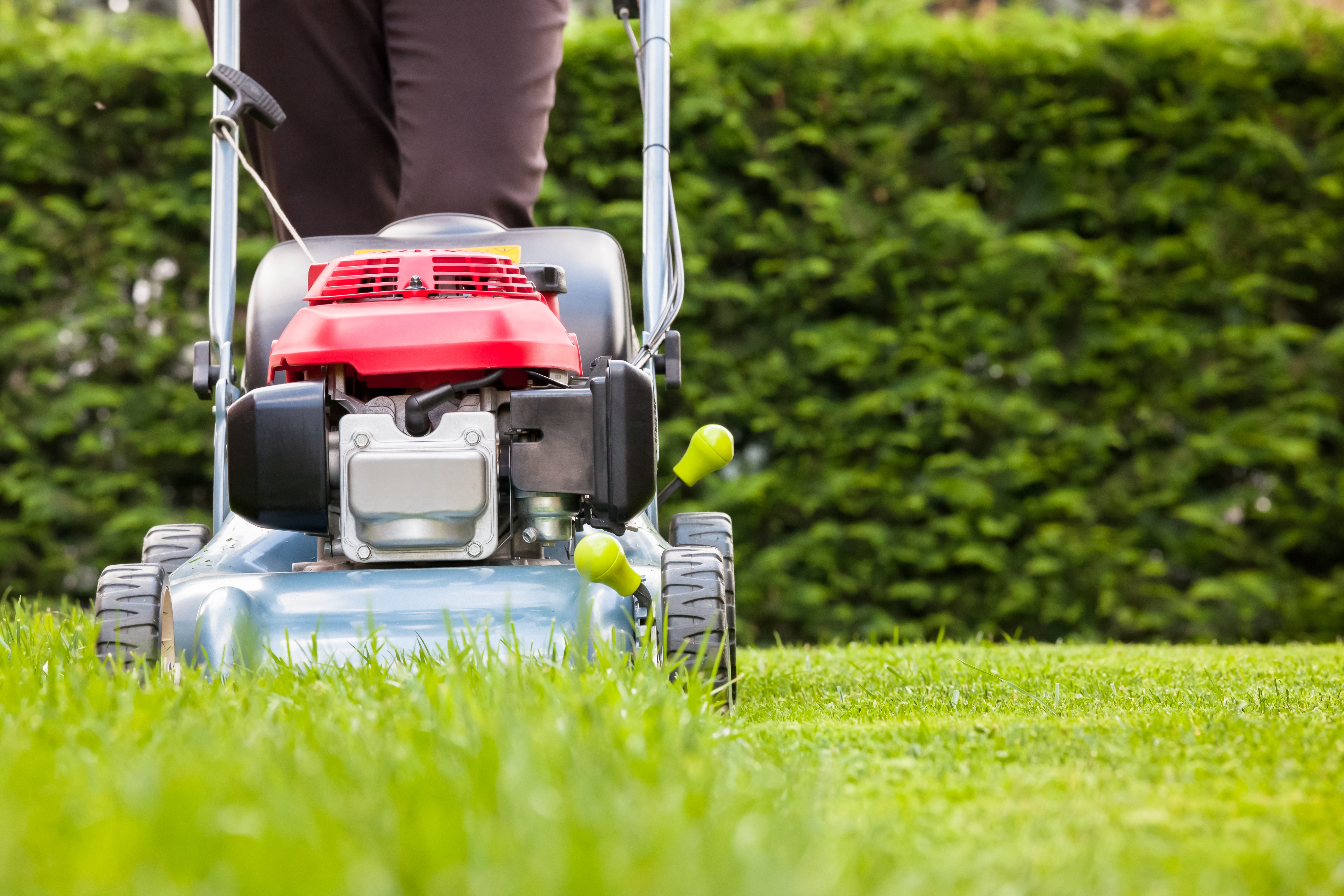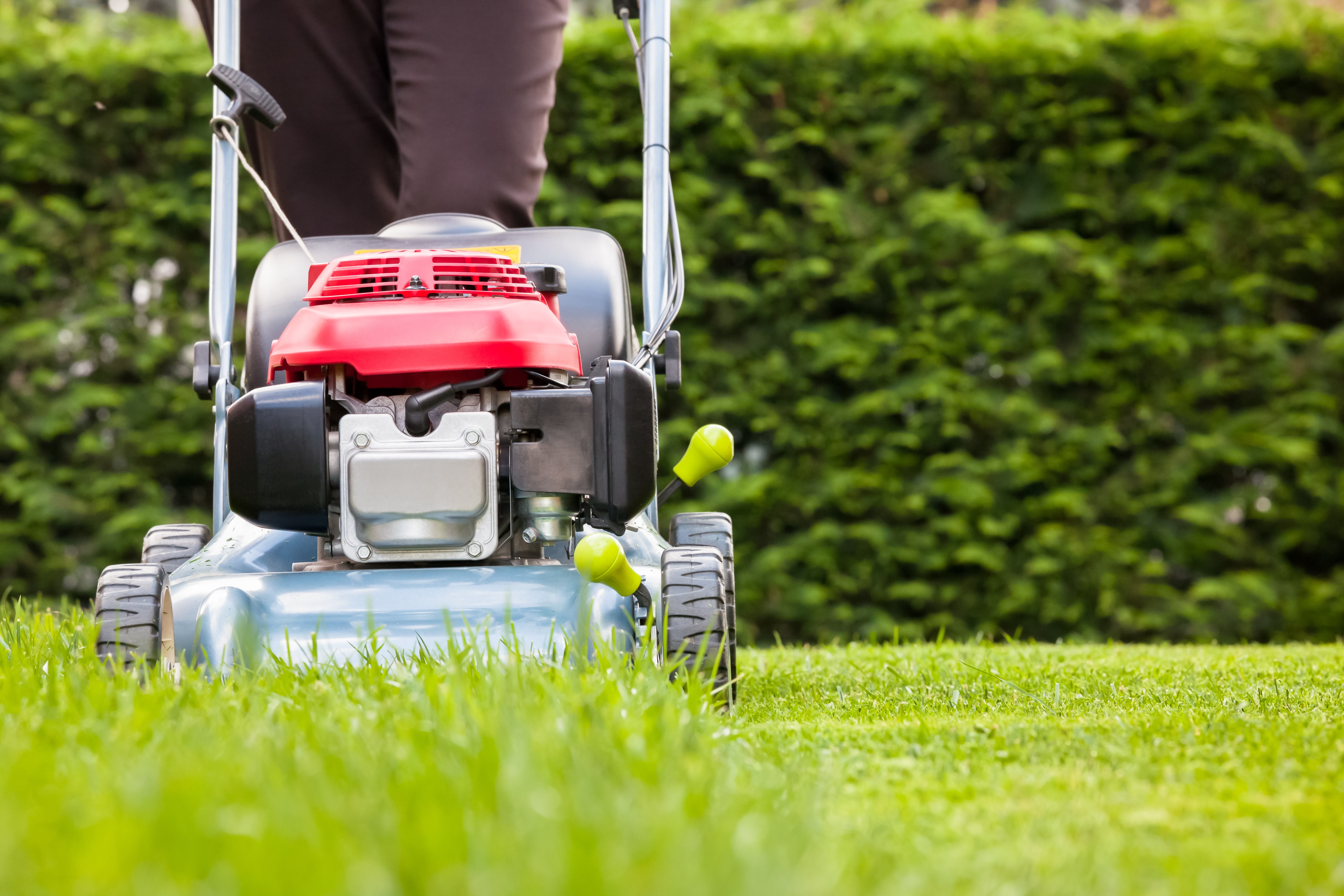
In honour of all the great work that the Movember Foundation does for men's health and awareness around the world, we at Nutri-Lawn thought we'd start a new trend in the lawn care industry - Mow-vember! With just over a month to go before the official start of winter, now is the time to get your final mow of the season done before the ground freezes and your lawn mower heads to the garage for an extended vacation.
Here is everything you need to know about your last mow of the season.
Mow It Shorter Than Usual
It's no secret that the final mow before winter should be adjusted so that the lawn is cut shorter than usual. Adjusting the height between 1.5 – 2 inches is a good bet. This can help prevent disease over the winter, as longer grass gets easily matted down, making it ideal for diseases to damage the lawn.
Be careful with the height adjustment, though – you don’t want to scalp your grass – so adjusting the height in stages during the last few cuts before the final mow is a good idea.
And don't forget to raise the mower back up to 2.5 inches for that glorious first mow in the spring!
Coastal Regions
In parts of the country where long winters, excessive snowfall, and prolonged periods of snow cover don’t persist during the winter, mowing short isn’t as critical.
Maintain regular mowing heights throughout the entire season, especially in areas that are susceptible to moss infestations. Shorter mowing heights often make it easier for moss to take hold on exposed soils and spread more quickly.
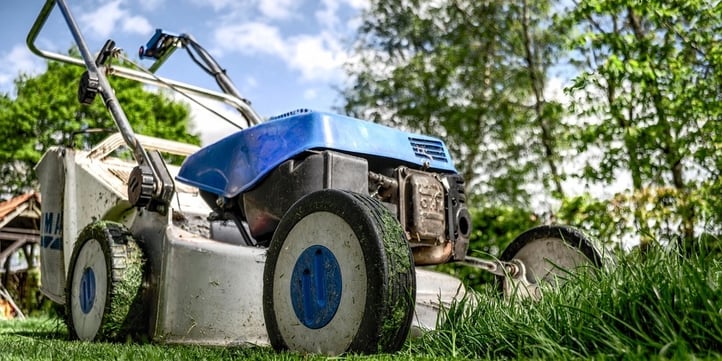
Bag Your Clippings
When the mowing is finished, remember to bag and compost the clippings if the cuttings start to pile up on your lawn. The less organic material you have on your lawn before winter, the better, as it can suffocate your grass and create points of damage on your lawn.
RELATED > The Importance Of Irrigation Blowouts
While it's a common practice to mulch using organic material in the summer, bagging it in the fall is more ideal because it eliminates clumps that could lead to diseases if left unattended.
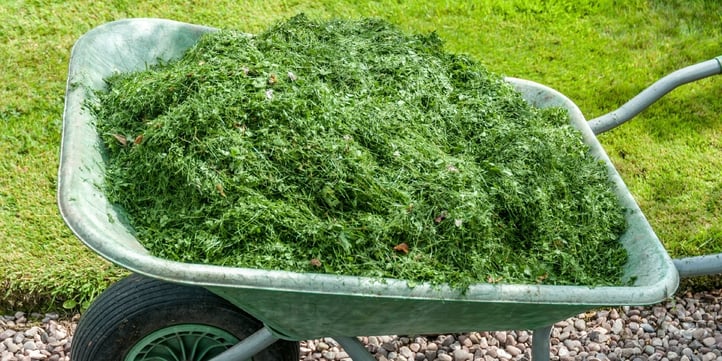
Avoid The Frost
Avoid mowing your lawn if the ground is frozen or the grass is dormant, covered in frost, or soaking wet. These issues will make the grass clumpy and fragile, and you’ll end up doing more harm than good to your lawn in the long run.
A frost covered lawn should always be stayed off of until the frost has lifted.
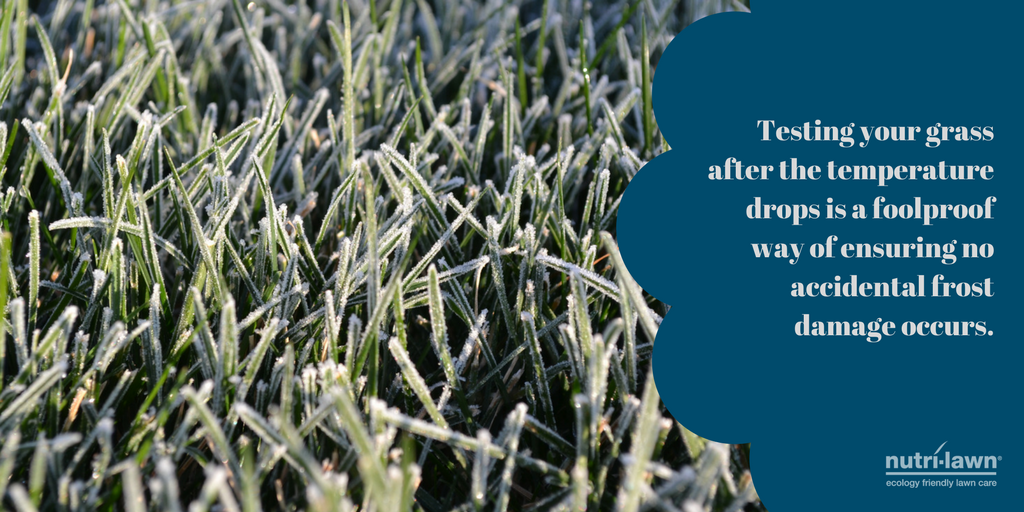
Other Maintenance
After finishing up with the mowing, use this to time to tackle other maintenance tasks that you didn't have time for during the height of the lawn care season. Just like the human body, your mower needs regular tune-ups to make sure that everything is in working order.
You should inspect your mower for damaged parts, install a new spark plug, change the oil, empty the gas tank and remove the dull mower blades for sharpening. For those of you that aren't do-it-yourselfers, take your mowers to a small engine repair shop or your local hardwore store for the necessary repairs.
Follow us on Facebook for more lawn care tips & tricks.

